Table of Contents
The hair used to be curly but became straight, thick, and suddenly thinned. What are the reasons for changing hair texture?
Surely you noticed that hair changes with age; it becomes more, sometimes less, then it lies well, then it becomes completely naughty, moreover, even once curly hair can become straight, and vice versa. Most often, the owners of curly hair want to have straight, smooth hair, and those who have it straight dream of luxurious curls. What kind of hair a person has is dictated by genes that influenced their structure.
At the base of the hair are keratin chains that intertwine with each other. These sequences include sulfides that form disulfide bonds. The curvature of the hair directly depends on its quantity. The more connections, the more rebellious the hair will be. Breaking, adding, and reorganizing disulfide bonds change hair texture. These processes are, in essence, nothing more than damage.
External influences can change hair texture
- Some of the most popular reasons for changing hair texture are unsuccessful coloring, especially lightening, and keratin straightening or perm.
- Frequent washing and overusing the hairdryer also cause hair to stop shining, become dry, weak, and brittle, break or even fall out.
- The abuse of braids and tight tails, periodic curling, the use of coarse combs leads to the fact that the hair is split along the entire length and at the ends, and at the same time there is a breakage of the hair in the middle and a changing hair texture. A hairdryer, tongs, and curling iron soften the keratin of the hair so that microcracks form and the ends begin to split.
- Chemicals soften the rod and cause it to break. As a result, natural disulfide bonds of the hair cortex are broken, melanin is oxidized, and keratin is destroyed. Visually, this is manifested because the fibrous layer is exposed, the ends are split, and now even a correctly selected comb can harm the hair.
Changes in hair texture due to health problems
There are cases when the hair structure changes for the worse due to vitamin deficiencies, metabolic disorders, problems in the functioning of the central nervous system, pathologies of internal organs, heredity, and the natural aging of the body.
Hair becomes thinner, and the overall density of the head of hair decreases when a person begins to eat improperly, and important substances cease to enter the body.
Cigarettes and alcoholic beverages have a negative effect.
Thyroid diseases radically change hair, stress, autoimmune diseases, malnutrition, or overeating make their negative contribution.
Changes in hair texture due to food

Unbalanced and overly restrictive diets cause nutritional deficiencies that affect the well-being of our body and cause a changing hair texture.
It is enough to follow a complete and balanced diet to receive the essential elements contributing to healthy hair naturally. For this:
- Ensure your daily intake of protein is essential for synthesizing keratin, which makes up the hair structure).
- Consume omega-3 polyunsaturated fats (fish, olive oil, walnuts, and nuts) for a healthy scalp and healthy hair growth.
- Eat fruits and vegetables to get the vitamins and minerals your hair needs.
- Reduce the number of simple sugars that affect cortisol, responsible for hormonal imbalances, and opt for complex carbohydrates such as fiber-rich whole grains.
- Drink plenty of plain water.
Hormonal changes
A significant decrease in estrogen levels causes shrinkage of the hair follicles and, consequently, the thickness of the hair shaft, which becomes thinner. The same can happen during menopause with increased levels of androgens. And in some cases, it can also happen that there are changes in the shape of the hair or some strands that become more frizzy.
Nature goes on, and there is little you can do but help by supplementing your diet with foods rich in phytoestrogens: soy, yogurt and dairy, nuts, seeds (flax, pumpkin, and sunflower), whole grains like rice, barley, oats, and spelled.
Changing hair texture due to age
During puberty, pigment-filled, strong, so-called terminal hairs appear in place of the vellus. The sebaceous glands’ activity on the head increases during puberty and drops significantly after 40 years, mainly in women.
Changing hair texture deserves special attention due to human aging. The closer the retirement age, the stronger the hair shaft and its follicle feel the process of wilting. Hair becomes susceptible to weather conditions and photoaging, begins to turn gray, and falls out.
Older people suffer from nutritional deficiencies, endocrine disorders, psychological disorders, and the consequences of drug use, dermatoses, and many chronic diseases.
Hormonal disruptions are often seen during adolescence and pregnancy. Hair can become excessively oily or, conversely, too dry.
Skin health

Inflammation is never on friendly terms with the epidermis, be it an inflammation of the face, body, or skin. Any inflammatory condition, even the smallest, can disrupt the normal functioning of the follicles. And often, this negatively affects the mechanisms that regulate the work of follicles.
A build-up of styling products on the skin and infrequent washing are two most common causes of this clogged scalp. Instead, it is essential to let the follicles breathe; otherwise, problems with dandruff, psoriasis, constant follicle inactivity, and changing hair texture can arise. You must be careful and always rinse your hair and skin very thoroughly.
Stress can change hair texture
Any trauma, whether physical or emotional, can negatively affect your hair. Stress can lead to rapid hair loss and changes in hair texture. Did something happen to you that made you especially upset? Stress affects your hair immediately, but relapse can occur, which will feel 3-5 months after the traumatic event. From a medical point of view, this phenomenon is called telogen alopecia. And it is not yet clear how this happens, but science is confident that stress can lead to changes in the hair texture. However, telogen elimination is a temporary condition that can be treated by acting on both the hair and the psyche.

How often can the hair structure change?
During life, the type of scalp and the hair itself change. For example, dark-haired babies develop permanent blonde hair over time.
Hair loss while carrying a baby is reduced, so many pregnant women can boast beautiful, thick hair. It is no secret that in the first months after the birth of a baby, the intensity of hair loss increases, but after a while, this process is entirely normalized.
Changes are mainly affected by oily hair and scalp.
In this case, the hair under the influence of hormones can change so much that after curling with the use of chemical compounds, it will not curl or will be severely damaged, and the color after dyeing will be as unpredictable as possible.

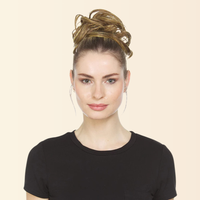
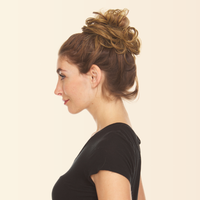
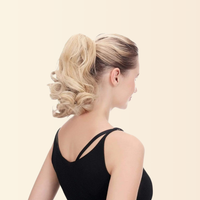
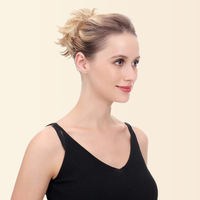


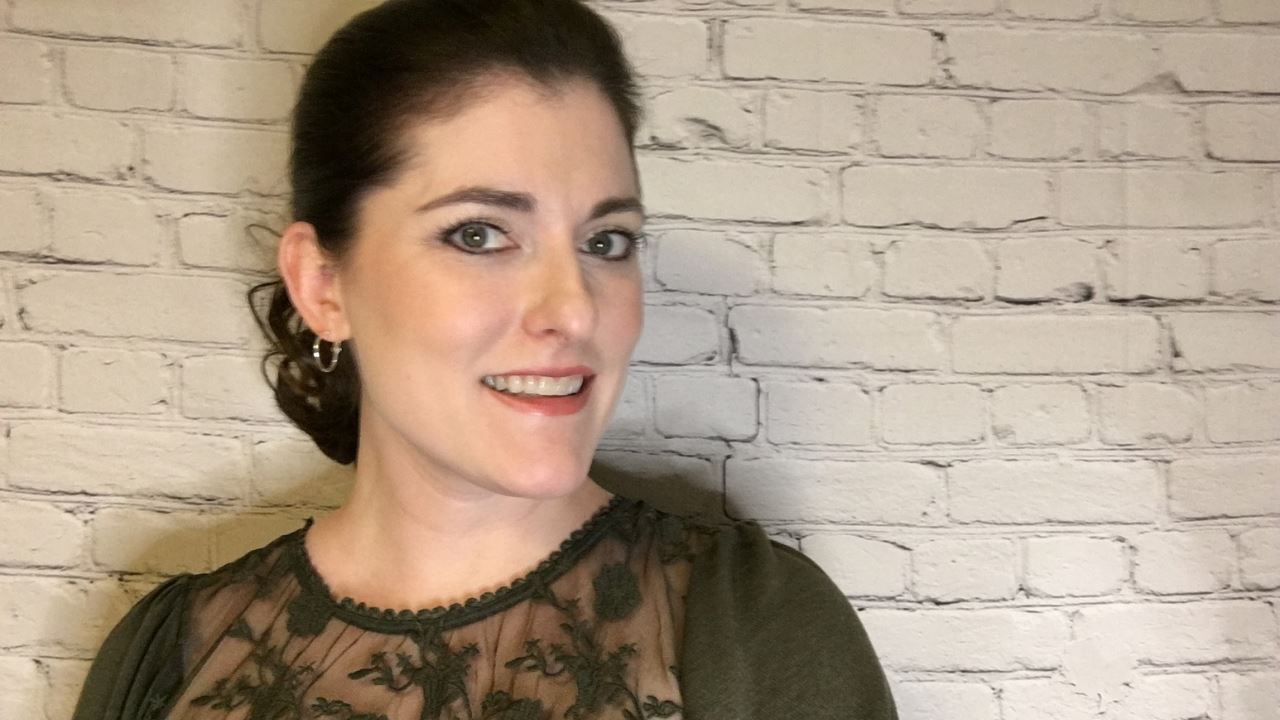
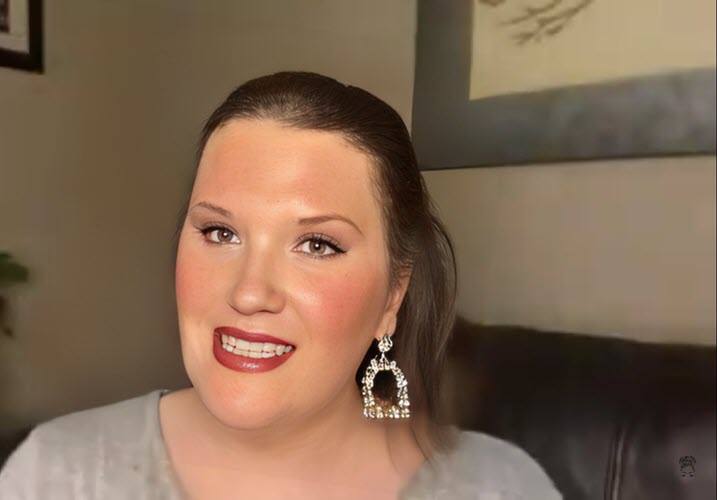
Leave a comment
This site is protected by hCaptcha and the hCaptcha Privacy Policy and Terms of Service apply.